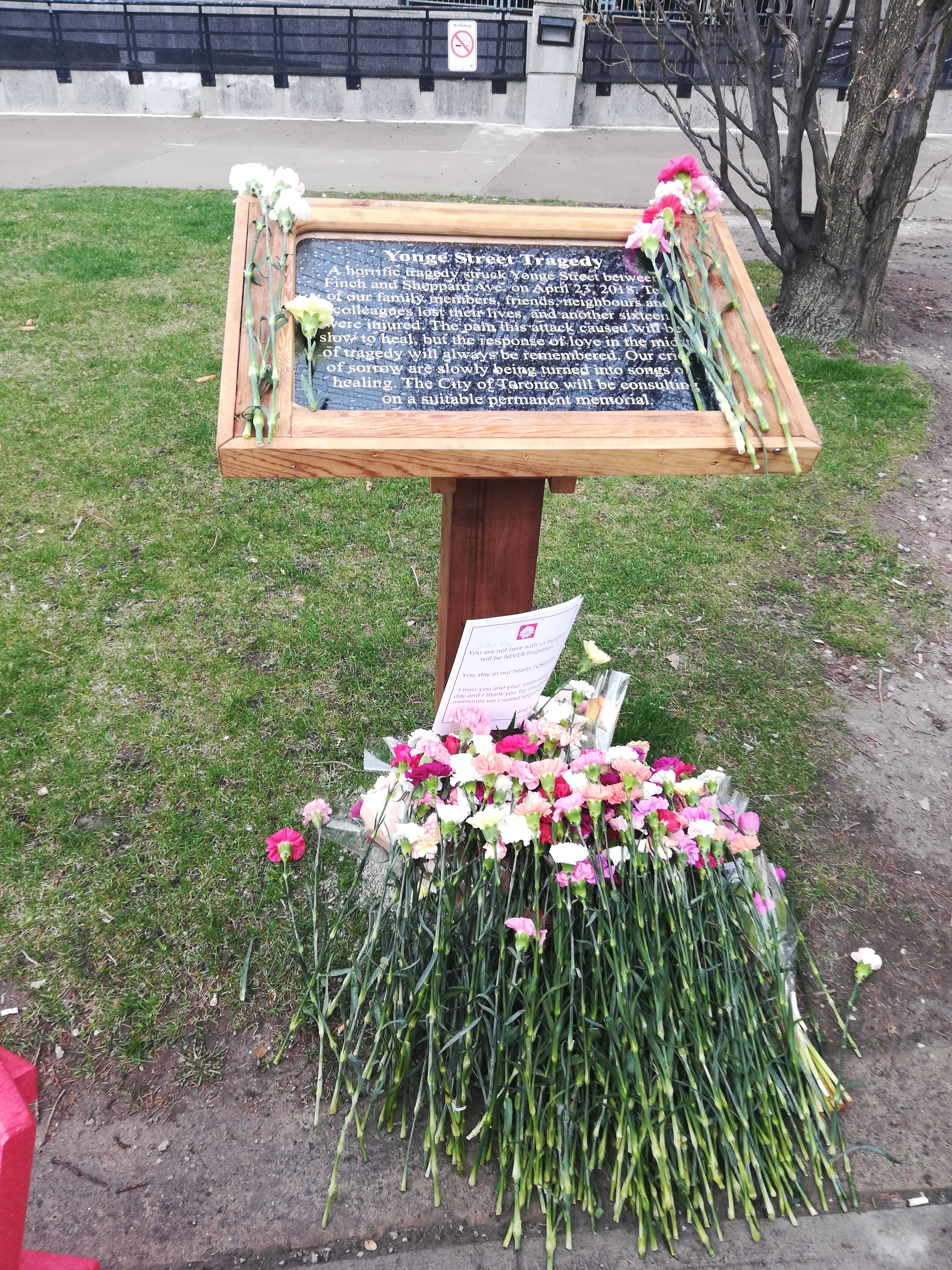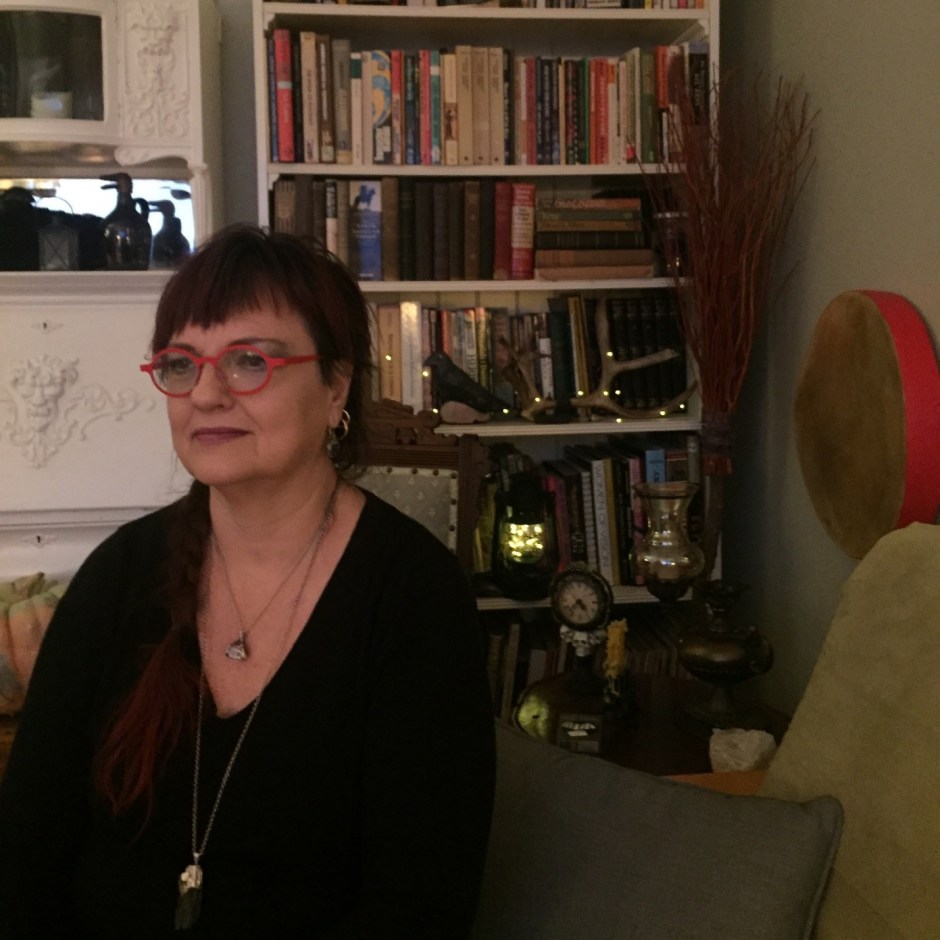For twenty years, students at York University have been able to take courses in gospel music. Its choir sings the praises of the woman who founded it and her successor.
By Royce Luu | Featured image via Pexels
Karen Burke saunters through the unusually hushed corridors on the second floor of Accolade East, a building at York University, in northern Toronto, that hosts some of the performative arts. Her footsteps clack over the coarse flooring as she ambles by various beige, lime, and tangerine doors and past a few concrete pillars slumped against the pale walls.
The rosy Apple Watch wrapped around her left wrist tells her it’s about 6 p.m. She probably stands just over five feet tall, topped with short salt-and-pepper curls. She shifts through a marigold doorway and into a spacious room to check on the York University Gospel Choir, which is approximately four weeks away from a concert in December.
Burke, 61, forged the first post-secondary gospel curriculum in Canada after joining York’s faculty in 2005. To this day, the gospel choir courses continue to bring together students who share a passion for singing.
York may be one of the only universities in the country to offer these first- to fourth-year courses, which last through the fall and winter semesters and are run by the music department under York’s School of the Arts, Media, Performance & Design.
To join, students typically must pass an audition. When they complete the first-year course, they can move onto the second-year version, and so on. But regardless of what year students are enrolled in, the choir rehearses and sings as one.
“Gospel music works best when people think of themselves as a community, not just a collection of singers,” Burke says.
“I am lucky to have the chance to rub shoulders with so many like-minded people on a weekly basis,” says Shay Lee, a 24-year-old music major in the third-year gospel choir course. His goal is to continue honing his gospel performance and singing skills.
After almost two decades of piloting the choir, Burke is now on the sidelines, having passed the torch to 46-year-old Nicole Sinclair-Anderson, a former top 30 Canadian Idol contestant who’s chatting with some of the students in the room.
There are about 25 students inside, most of whom are likely in their late teens to early 20s, susurrating together by several matte black chairs and empty stands. The other half of the class has vanished on break.
Burke’s dark brown eyes flicker to the choristers, who call and wave to her seconds after she steps in. She still likes to occasionally tune in during rehearsals even though this isn’t her class anymore.
Despite the chaos that comes with being the newly inaugurated chair of York’s music department, Burke keeps beaming her toothy, genial smile, typically accompanied by a jovial laugh and peppy tone.
Sinclair-Anderson, who’s in an obsidian dress and has short black hair that’s neatly slicked to one side, paces over to whom she impulsively dubs as “Sister Karen.” They trade greetings before reviewing blueprints for the choir.
Aside from the upcoming school concert, the choir will also soon be performing at Grace United Church, in Brampton, Ontario. Sinclair-Anderson says the choir has been getting several requests to perform at different venues.
About 10 minutes later, the rest of the students trickle back from break. Sinclair-Anderson reconvenes the choir in tight rows at the centre of the room.
Burke stations herself near the corner, not far from the glossy grand piano occupied by the choir’s pianist, another music professor at York who works with the gospel choir.
Sinclair-Anderson invites a young woman with long straight hair and a shy smile to stand with her, facing the choir, for the next song. The student tiptoes away from the first row, earning a roar of encouragement from the choir as her light complexion becomes slightly blushed by her pinkening cheeks.
The piano begins to croon, prompting the student to start her slow solo of Youthful Praise’s “Close to You,” a worship song.
Most of the choir aren’t Christian, Sinclair-Anderson says, but she feels grateful that students from many diverse backgrounds are coming together under the umbrella of gospel music to sing and enjoy each other’s company.
York’s Metalheads
While York’s choir is coalesced by gospel music, there’s a remarkably different group on the same campus that also intends to build community.
Connor McCann and Spencer Chadderton are the long-haired metalheads who co-founded the Rock Metal Association after meeting on a Facebook page associated with York. The club was ratified in January 2019 and aims to congregate York’s rock and metal fans.
“Starting this club was life changing,” says 23-year-old McCann, a fifth-year media arts student at York. “I’ve met so many different people and local bands.”
Chadderton, a 23-year-old history major and English minor at York, frequently rocks his signature battle jacket, which is emblazoned with patches of different bands, including Megadeth and Metallica.
“Metal speaks to me,” he says. “I don’t know how to put it into words. There’s an emotional connection.”
For McCann, aside from attending local shows, part of his connection to metal comes from growing his playlists, a process made easy by digital media. For instance, he discovers new songs from around the world through YouTube, Spotify, and ads on Instagram.
Chadderton encourages people to keep an open mind when exploring new music: “Just like with foods, give everything a shot. You never know, you might like it.”
McCann and Chadderton likely reflect 63-year-old Jeffrey Taylor’s outlook on how the intersection between the internet and music can be an asset for young people nowadays.
Taylor is the head of the music department at Maple High School, which is situated down the street from Canada’s Wonderland in Vaughan, Ontario. He has over 30 years of experience as a composer and music director.
“When I was in high school, my music was whatever I could afford to buy on vinyl records, but more likely whatever they played on CHUM-FM,” he says. “And what they played on CHUM-FM were white boys playing rock music.”
Rather than living in a “monoculture and monolingual world” like his generation had, Taylor asserts that digital platforms make it easier to browse through a wider catalogue of music, which can create opportunities for young people to build intercultural knowledge and empathy.
For instance, a band that played a pivotal role in McCann’s journey through metal is Alien Weaponry, a trio in New Zealand that performs songs in their Māori language. Metalheads like McCann are more likely to find bands from a vast variety of communities and cultures thanks to digital media.
McCann also uses the web to do some digging into bands to get a glimpse beyond the headbanging. He encourages others to do the same to determine if the bands are worthy of support. When people stream music on Spotify, for example, he says those artists could get a royalty, even if it’s a miniscule amount.
“It’s really a question of what you feel you want to open yourself up to,” McCann says. “For me, I don’t want to be the sort of person who gives money to people who are espousing hate.”
“It’s totally valid to not listen to an artist or a band because a member did shit that was fucked up,” Chadderton says. However, he thinks second chances could be permissible.
Harris Ahmed, a 19-year-old first-year student studying graphic communications management at Toronto Metropolitan University, is a rock and metal aficionado with similar thoughts.
“I feel like if someone says something that’s very clearly racist or homophobic, then yeah, I think some action should be taken,” Ahmed says. Nonetheless, he believes “people can change” and “can become better over time.”
He names “Brown Sugar” by the Rolling Stones as an example, which he says is about slavery. While it might have been a “different world” 50 years ago, Harris says that the Stones have, appropriately, retired this song from their concerts.
Taylor says young people today “have so much more understanding of the people on their planet.” Exposure to diverse music and having conversations about lyrical content, he says, can make them more open-minded.
At the end of the day, Chadderton says, “The one thing that can unite us is a good song,” a message that isn’t limited to metal.
A Thirty-Year Devotion
“I have my foot in the door and I’m keeping the door open,” Burke says, describing what her job feels like now. “I’m looking for others to walk through that door.”
She says the people she’s taught and worked with in the past 30 years are opening the door wider, joining her mission to get the next generations to learn and revel in gospel through workshops and programs.
One person who’s advancing this mission is Sinclair-Anderson, who’s picking up where Burke left off with York’s choir. But this isn’t the first time they’re joining forces.
Sinclair-Anderson recalls following the JUNO Award-winning Toronto Mass Choir, co-founded by Burke in 1988, as a groupie and having dreams of joining it. Her friend in the choir, a keyboardist, eventually encouraged her to tryout. Sinclair-Anderson got the job in 1998 as a principal soloist until she became the creative arts director at Malvern Christian Assembly, in Scarborough, Ontario, in 2012.
“Working with Karen has been a blessing,” Sinclair-Anderson says. “I would consider her my mentor in life. She has always been in my corner. She’s believed in me and what I can do, even if I couldn’t see it myself.”
Burke’s musical pioneering sprouted from the seed that her grandmother, Florence Jones, planted. She encouraged Burke to keep practicing music at age 12 when she was on the fence about continuing music. After she kept at it, Burke “wanted to be the best.”
“My grandmother was the one who kept me connected to my musical roots,” Burke says. “She was my musical buddy. Our bond through music was extra special.”
Jones was a church musician at the daffodil-bricked S.R. Drake Memorial Church, in Brantford, Ontario — Burke’s hometown — for about 40 years. Burke calls her the musical matriarch of the family who passed down knowledge about church music, gospel, and spirituals, which have become Burke’s fortes.
“Spirituals were created because enslaved Africans who were brought over from West Africa were separated from their families and languages, so they couldn’t rebel and escape,” Burke says. “In order to survive, they had to have community. So, they devised a way to communicate through music. In a way, the job of gospel and spirituals is to create community when there isn’t any.”
The S.R. Drake Memorial Church was named after Burke’s great-grandfather and Jones’ father, Reverend Samuel R. Drake, who Burke says was the general superintendent of the BME Church Conference from 1908 to 1927, a collection of churches — maybe 15, she estimates — “built by escaped and freed slaves who made it to Canada in the 1800s.”
Usually during summer nights, the windows of the church would be open. Burke and much of her family would be singing, sometimes drawing the attention of nearby locals who would dawdle outside and listen.
Burke says this upbringing kept her connected to her Black and musical heritage. “What’s a choir without a beautiful musical community?”
Passion and Wisdom
The soloist is slowly trickling out of her shell, unclutching her fist into an open palm and drawing into the air as if to animate the notes. After a few lines from her, Burke and the choir flare up a quick encouraging applause.
“Keep going, keep going!” Sinclair-Anderson cheers.
“I love having them as my professors,” Shay Lee says, referring to Sinclair-Anderson and Burke. “They ooze passion and wisdom.”
Earlier, Lee approached Burke during the break to describe a car crash he recently walked away from with nothing but a few bruises.
Sharing this kind of personal information isn’t uncommon. Burke says some students who have, for example, suffered from injuries or the passing of loved ones still find their way to this room. In her 17 years of teaching the gospel choir courses, low attendance was virtually never an issue. Today, like other Tuesdays between 4:30 and 7:30 p.m., gospel choir is the nest that Burke has heard many students call home.
“We’re so much stronger together than apart,” Sinclair-Anderson says. “When I see York’s choir singing their hearts out, and there’s Black and White and Chinese and Indian, and everybody is all together, I see them stronger together as a family. I love it; I wouldn’t change it for the world.”
For almost two minutes, the soloist owns the spotlight. Burke leans forward, seemingly magnetized by her canorous vocals.
Then, the rest of the choir joins in on beat, in unison to Sinclair-Anderson’s cue.
“In the right hands, music can be a tool for building pathways and sharing culture,” Burke says.
But when musicians intend to perform music outside of their own culture, she says research and working with practitioners of that genre will help them “get it right.” She frequently lends a helping hand to musicians, even beyond the choir, who seek her expertise.
For example, she had worked with Amy Hillis, 32, who’s an assistant professor of music at York and a professional violinist. Hillis is one-half of meagan&amy, a Montreal-based piano-violin duo from Saskatchewan; they partnered up in 2011 and periodically tour across Canada.
meagan&amy recorded “Sometimes I Feel Like a Motherless Child” by Florence Price, an African American composer, at Chapelle historique du Bon-Pasteur in February 2021, a venue in Montreal they had booked. Two out of four cameras show Hillis drawing her bow over the 1902 Enrico Rocca violin, a “generous loan” from the Canada Council for the Arts’ Musical Instrument Bank.
The duo wanted to produce and upload more videos of pieces by racialized composers. While this arrangement was created for violin and piano, the original is an African American spiritual, likely from the 1800s.
Aside from conducting her own research, Hillis had been previously immersing herself in spirituals with Burke, whom she asked for the history and meaning behind Price’s pieces.
“As someone who is engaging with different types of art from different communities, I think it’s really important to not do it by yourself,” Hillis says. “Do it through research that’s community engaged.”
“I realize I’m in a very privileged position,” Burke says. “My roots are deep in Canada. I have a Canadian perspective, but I also see the world through the lens as a Black woman, which is different, especially in academia.”
A 2018 report by the Canadian Association of University Teachers found that only 2% of university teachers in 2016 were Black, up by 0.2% from 2006.
Burke is grateful when people ask her about cultural appreciation, which she says happens “all the time.” Although some come to her with anxiety, Burke tells them that asking is “already half the battle.” The issue is when people don’t ask, going “guns a-blazing thinking they know everything.”
The power of music, she says, is its potential to uplift and connect people, which is common at York.
Back in the rehearsal space, Sinclair-Anderson undulates her arms at a graceful tempo, gathering the air with her palms and casting commands.
She invigorates the choristers to express with their bodies, not just their voices. They listen, harmonizing and swaying as one mellifluous unit under the rows of light from the high ceiling.
Burke watches the choir with eyebrows lined in concentration.
“Yes! Come on!” she shouts, bobbing her head to a crescendo as the choir continues rolling lyrics off their tongues.
When the song ends, the room erupts into two lengthy applauses: a choir-wide celebration and another for the young soloist who quickly rejoins the bigger group with a sweeping grin.
Sinclair-Anderson bestrews the choir with encouragement and advice, taken with nodding heads. After five minutes, they break off into the next song.
Meanwhile, a smiling Burke is quietly slipping out of the room through open doors, hearing the music reverberate down the halls.
Freelance writer Royce Luu can be reached at https://sites.google.com/view/royceluu.











